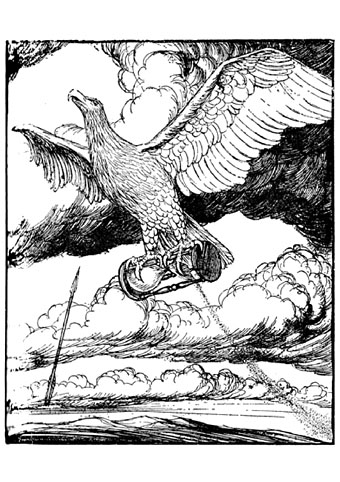
Mention yesterday of Edmund J. Sullivan’s illustrations for The Rubáiyát of Omar Khayyam made me realise that I’d never seen a complete set of Sullivan’s illustrations for this volume (75 in all) despite one particular drawing (the rose-crowned skeleton) being very familiar. Sullivan’s Rubáiyát was published in 1913, and the translation is the Edward Fitzgerald version. These copies aren’t the best quality but they’re good enough at a small size to give an idea of Sullivan’s renderings which feature more occult references than usual for this title. Browse the rest of the pages here or download the book here.
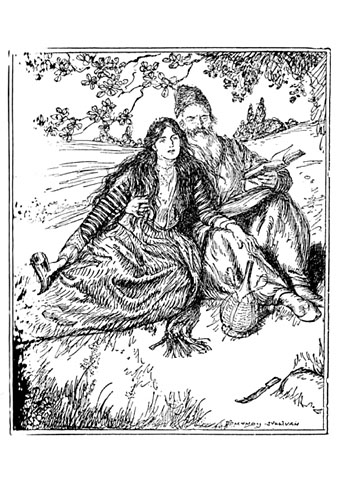
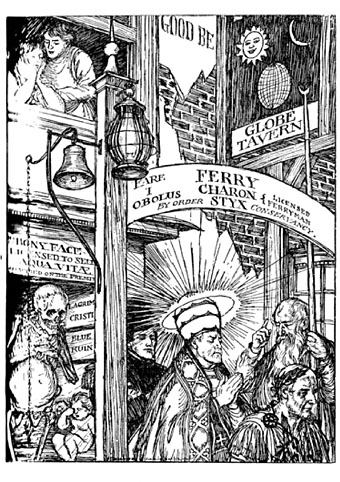
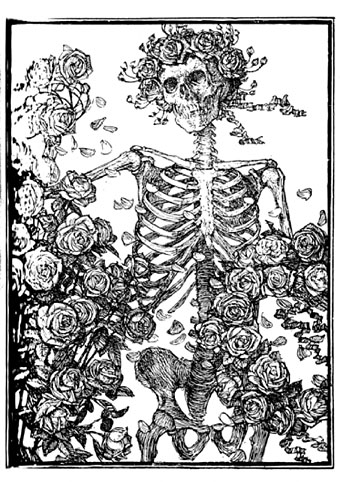
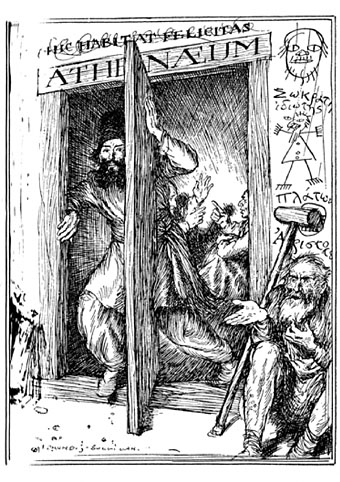
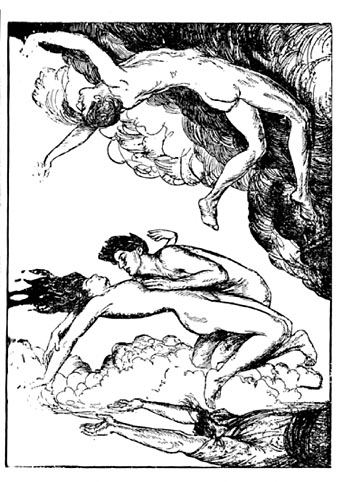
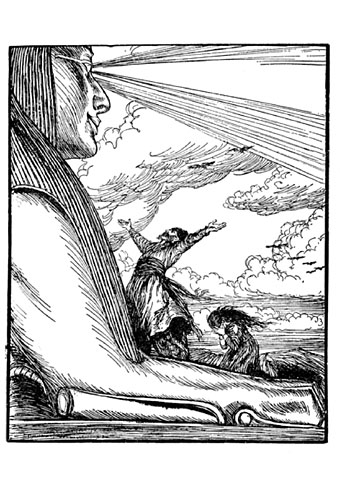
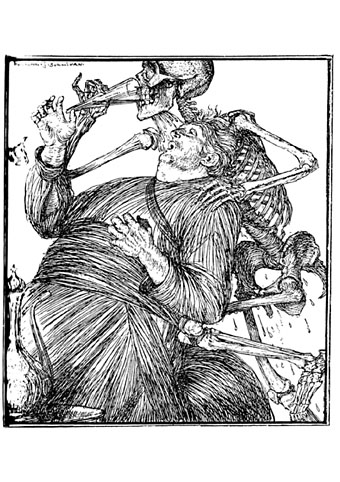
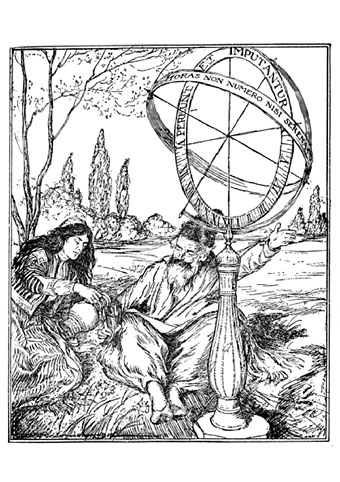
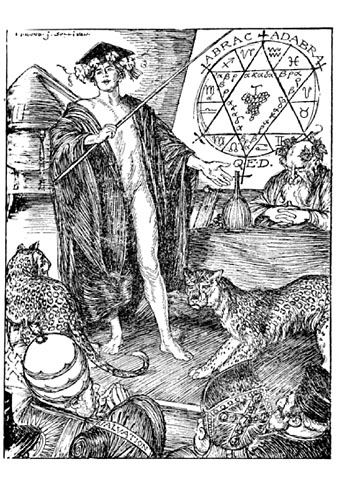
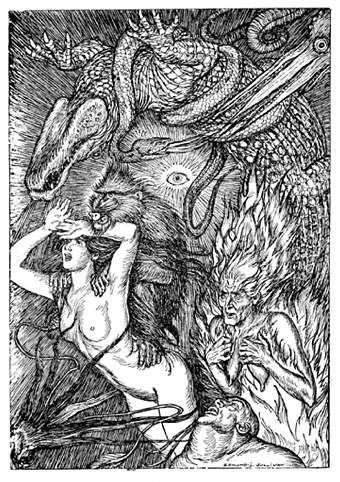
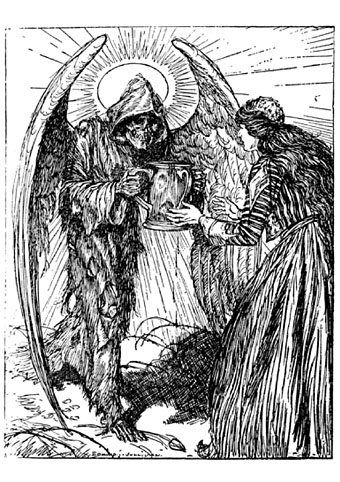
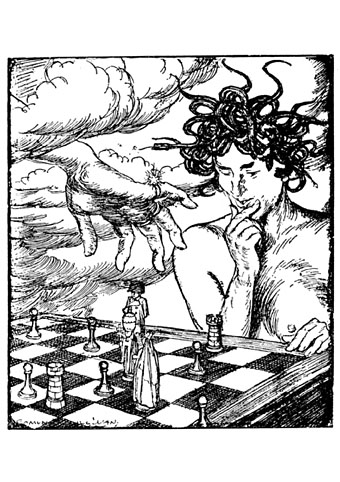
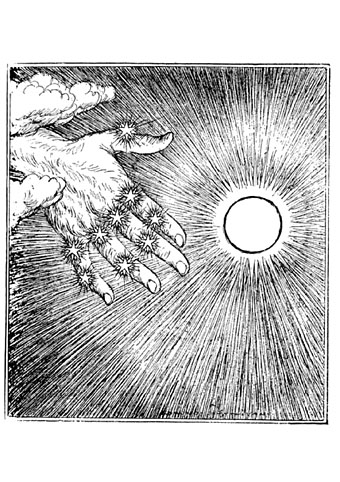
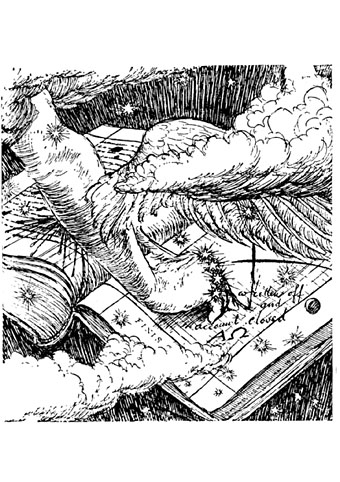
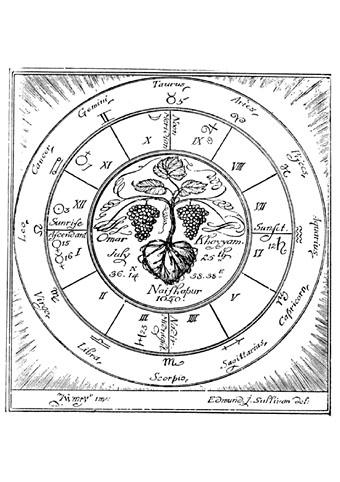
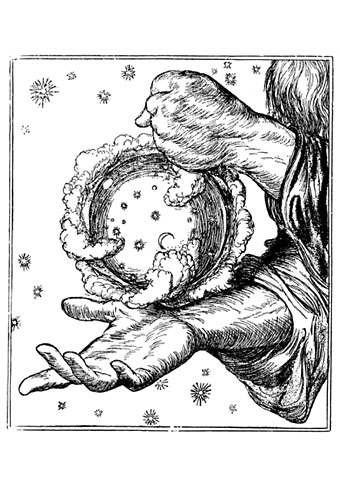
Elsewhere on { feuilleton }
• The illustrators archive
Previously on { feuilleton }
• Adelaide Hanscom’s Rubáiyát
• René Bull’s Rubáiyát
• Ronald Balfour’s Rubáiyát

#11 manages to presage the genre of tentacle pron.
Excellent posts as always! (I had seen that auction for the Austen book and thought you should see as well). Anyway!
I’ll see one RUBAIYAT
and raise Ye a KAISER’S GARLAND
>https://archive.org/details/kaisersgarland00sull
herr doktor bimler: Not the earliest example either, tentacles were popular in Art Nouveau:
http://www.johncoulthart.com/feuilleton/2012/09/29/tentacles-5-art-nouveau/
The joey Zone: Thanks, I was looking at that one earlier. I hadn’t noticed the amount of Sullivan editions at the Internet Archive until now.
>http://weiserantiquarian.com/catalogonehundredandtwentyone/47739d.jpg
From Sullivan to Spare to Rackham…a mobius strip of calligraphic FLAME
That’s an interesting juxtaposition. One of the things that struck me looking through Sullivan’s work was how similar in style (and some content) it is to Austin Spare’s early drawings. Phil Baker’s Spare biography mentions Sullivan being an influence but I hadn’t really considered the similarity until now.
And then there’s THIS
>From October 1922 to July 1924 Spare edited, jointly with Clifford Bax, the quarterly, Golden Hind for Chapman and Hall publishers. This was a short-lived project, but during its brief career it reproduced impressive figure drawing and lithographs by Spare and others. In 1925 Spare, Alan Odle, John Austen, and Harry Clarke showed together at the St George’s Gallery, and in 1930 at the Godfrey Philips Galleries.
It explains multitude enthusiasms of myself at any rate–oh to be at THAT 1925 show.
Oh well, there’s PROVIDENCE in 2015…=)
Spare’s debt to Sullivan has never been fully acknowledged. When I first came across his Rubaiyat a few years ago I was astonished at how much of an influence it had on the genesis of Spare’s Earth: Inferno. His conception of world-as-purgatory and it’s emblematic delineation seems to stem entirely from this volume, along with many symbolic figures which crop up throughout his early work. Fortunately Spare was able to outgrow his influences, on the one hand rejecting the lip service paid to occultism in Sullivan’s volume in favour of evolving an actual practice, and on the other developing into a phenomenal draughtsman in his use of both naturalistic and automatic styles. His next major works, The Books of Pleasure and Satyrs, exhibited a transition from Sullivan-esque allegory toward a mix of typography and witchery inspired (at least in part) by Manuel Orazi’s ‘Calendrier Magique’. The synthesis of these elements seemed resolved by the appearance of Spare’s mature style around 1921.
I have a Rubaiyat with colour illustrations by Edmund Dulac. It’s a handsome large hard cover edition with decorative white & gold boards, published by Weathervane Books in the early 1970s, and claims to be a facsimile of a 1909 edition.
I picked up an edition of the Sullivan illustrated Rubaiyat for 30 pence at a charity shop, another time I got a Rene Bull illustrated edition for 50p.